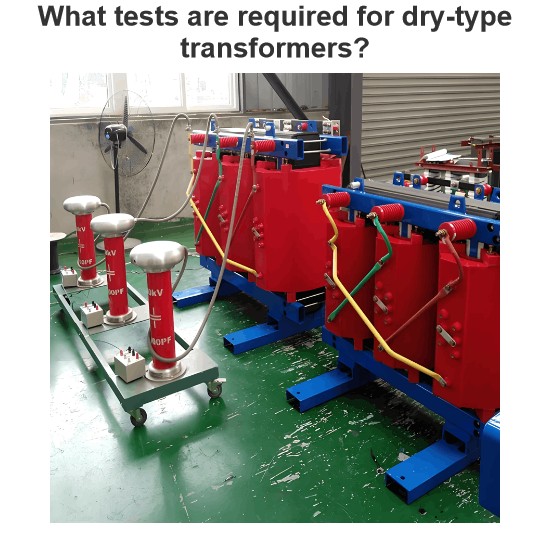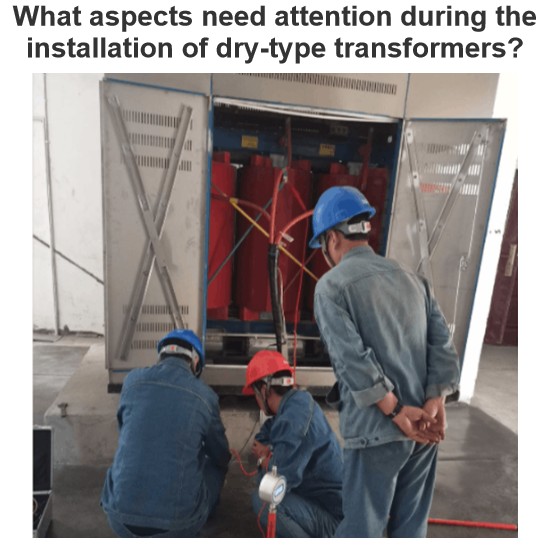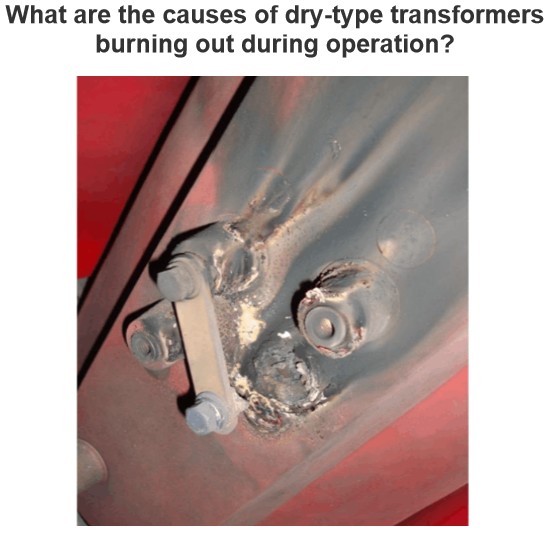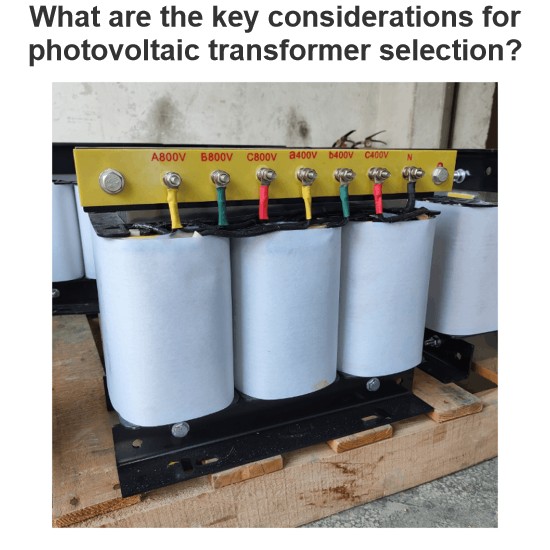Is there a relationship between the voltage of a transformer and the distance it travels?
Relationship Between Transformer Voltage and Transmission Distance
There is indeed a relationship between the voltage of a transformer and the distance over which power is transmitted. This relationship primarily affects the efficiency, losses, and economic feasibility of power transmission. Here is a detailed explanation:
1. Transmission Losses
Ohmic Losses: During power transmission, the resistance of the conductors causes ohmic losses (I²R losses). These losses are proportional to the square of the current, so increasing the voltage can reduce the current and thereby reduce losses.
Formula: The transmitted power
P can be expressed as P=V×I, where
V is the voltage and I is the current. Increasing the voltage V reduces the current I, thus reducing I2R losses.
2. Transmission Distance
Long-Distance Transmission: For long-distance transmission, increasing the voltage significantly reduces transmission losses. For example, high-voltage transmission lines (such as 110kV, 220kV, 500kV, etc.) are used for long-distance transmission to minimize losses.
Short-Distance Transmission: For short-distance transmission, lower voltages can be used because the transmission losses are relatively small. For instance, residential and commercial electricity typically uses lower voltages (such as 120V or 240V).
3. Conductor Size
Conductor Dimensions: Increasing the voltage reduces the current, allowing for the use of smaller conductor sizes. Smaller conductors are not only less expensive but also easier to install and maintain.
Economic Feasibility: Using high-voltage transmission can reduce the material and installation costs of conductors, improving economic feasibility.
4. Role of Transformers
Step-Up Transformers: At power plants, step-up transformers increase the voltage generated by the generator to a high level for long-distance transmission.
Step-Down Transformers: At the consumer end, step-down transformers reduce the high voltage to a level suitable for residential and industrial use.
5. System Stability
Voltage Stability: High-voltage transmission helps maintain voltage stability in the power grid. Over long distances, voltage fluctuations are minimized, ensuring better power quality.
Frequency Stability: High-voltage transmission also helps maintain frequency stability, reducing the impact of frequency variations on equipment.
6. Safety and Maintenance
Safety: While high-voltage transmission can reduce losses, it also increases safety risks. Therefore, high-voltage transmission lines typically require higher insulation standards and stricter maintenance protocols.
Maintenance: High-voltage transmission lines have higher maintenance costs, but overall they are still more economical than low-voltage long-distance transmission.
Summary
There is a close relationship between the voltage of a transformer and the distance over which power is transmitted. Increasing the voltage can reduce transmission losses, lower conductor costs, and improve economic and system stability. However, high-voltage transmission also presents some challenges in terms of safety and maintenance. Therefore, when designing power transmission systems, it is essential to consider factors such as transmission distance, losses, economic feasibility, and safety to choose the appropriate voltage level.
The Electricity Encyclopedia is dedicated to accelerating the dissemination and application of electricity knowledge and adding impetus to the development and innovation of the electricity industry.













